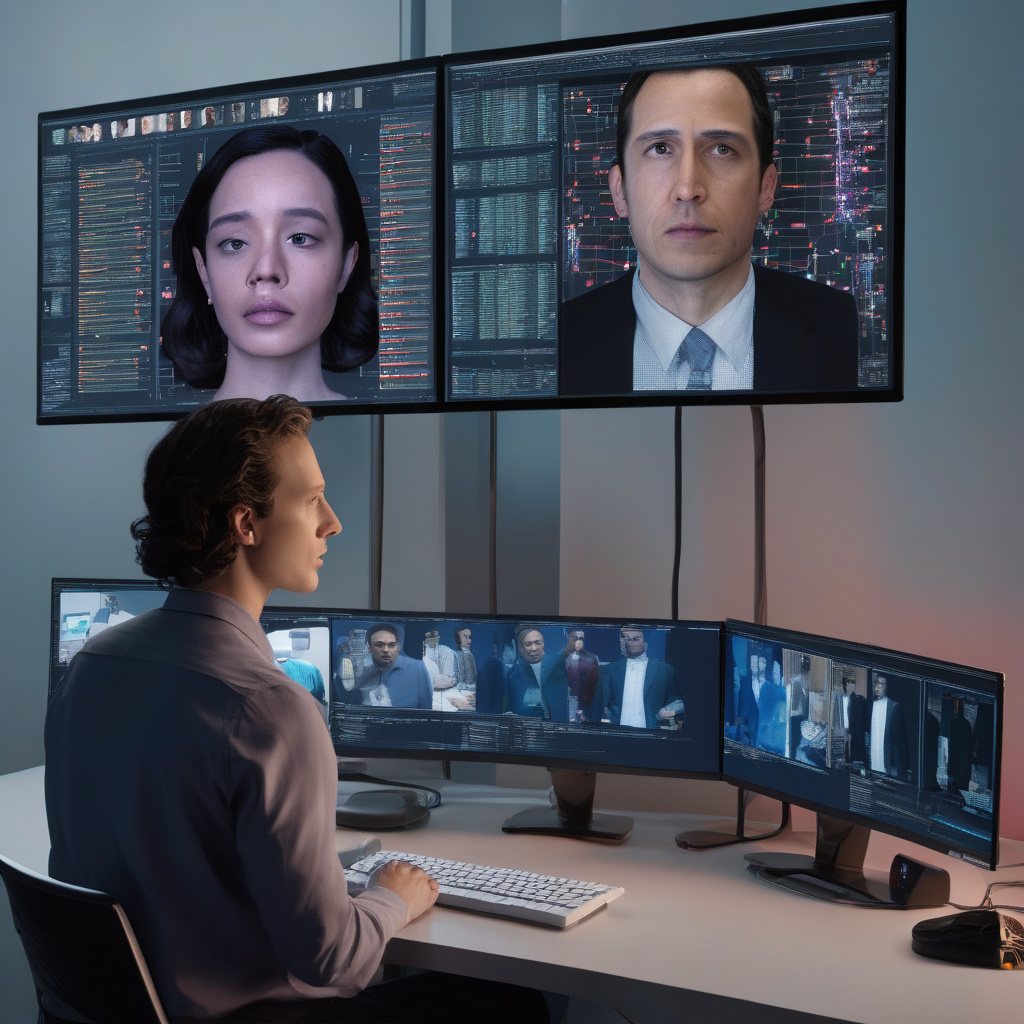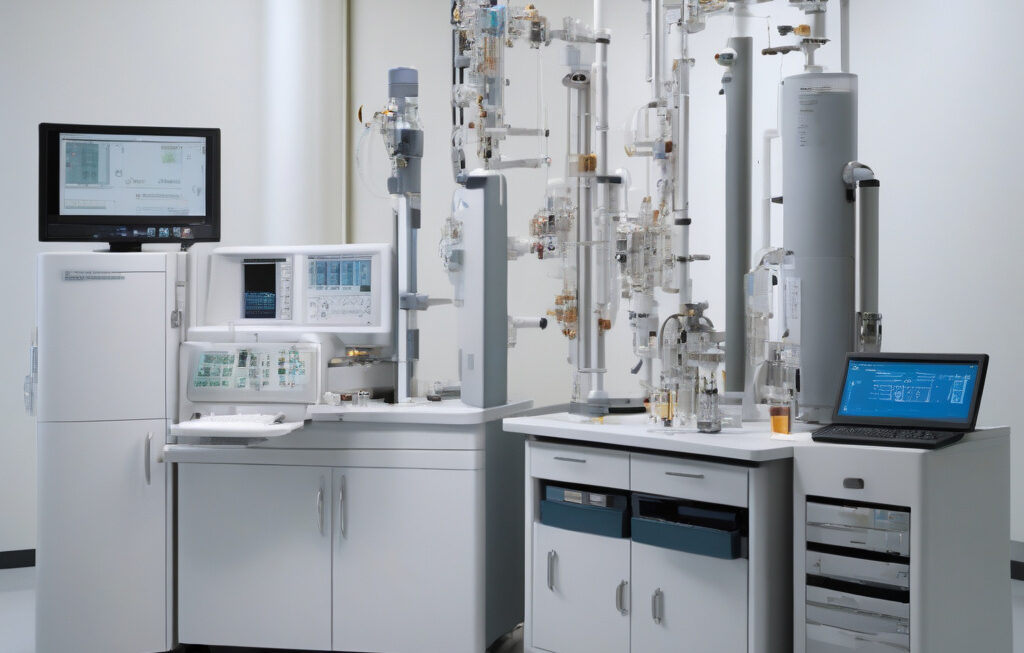ByteDance Redefines Realism with Cutting-Edge AI-Generated Deepfakes
In the realm of artificial intelligence, there is a constant quest to push the boundaries of what is possible. ByteDance, the Chinese tech giant behind the popular social media app TikTok, has made waves in the tech world once again with its latest innovation: an AI model capable of creating incredibly realistic deepfake videos. These AI-generated videos are so convincing that they blur the line between reality and fiction, raising important questions about the future of digital content creation and manipulation.
Deepfake technology, which uses artificial intelligence to superimpose one person’s face onto another’s body in a realistic manner, has been a topic of both fascination and concern in recent years. While early deepfakes were often easy to spot due to their lack of realism, advances in AI have led to a new generation of deepfakes that are incredibly convincing. ByteDance’s latest model takes this technology to the next level, producing videos that are uncannily realistic and difficult to distinguish from actual footage.
The implications of this technology are far-reaching. On one hand, AI-generated deepfakes have the potential to revolutionize the entertainment industry, allowing filmmakers to create scenes that would otherwise be impossible or prohibitively expensive. They could also be used to bring historical figures back to life in educational settings or to personalize content for individual users. However, the rise of hyper-realistic deepfakes also raises serious concerns about misinformation, privacy, and digital manipulation.
One of the most pressing issues surrounding deepfake technology is the spread of misinformation. With the ability to create highly realistic videos of public figures saying or doing things they never actually did, there is a real risk that deepfakes could be used to deceive the public and manipulate the narrative. This has serious implications for democracy, as deepfakes could be used to sway public opinion or discredit political opponents.
Privacy is another major concern when it comes to deepfake technology. As AI algorithms become increasingly sophisticated, it is becoming easier for malicious actors to create realistic but entirely fabricated videos of individuals. These deepfakes could be used for blackmail, harassment, or other nefarious purposes, posing a significant threat to personal and corporate security.
In response to these challenges, policymakers, tech companies, and researchers are working to develop ways to detect and combat deepfakes. From the development of algorithms that can identify inconsistencies in videos to the creation of digital watermarks that verify the authenticity of content, efforts are being made to stay one step ahead of those who seek to misuse this technology.
As ByteDance continues to refine its AI-generated deepfake technology, it is clear that we are entering a new era of digital content creation. The line between what is real and what is not is becoming increasingly blurred, challenging our understanding of truth and authenticity in the digital age. While the potential applications of deepfake technology are vast, so too are the risks. It is up to us to navigate this new landscape thoughtfully and responsibly, ensuring that we harness the power of AI for good while mitigating its potential harms.
#ByteDance #AI #Deepfakes #DigitalRealism #TechInnovation












